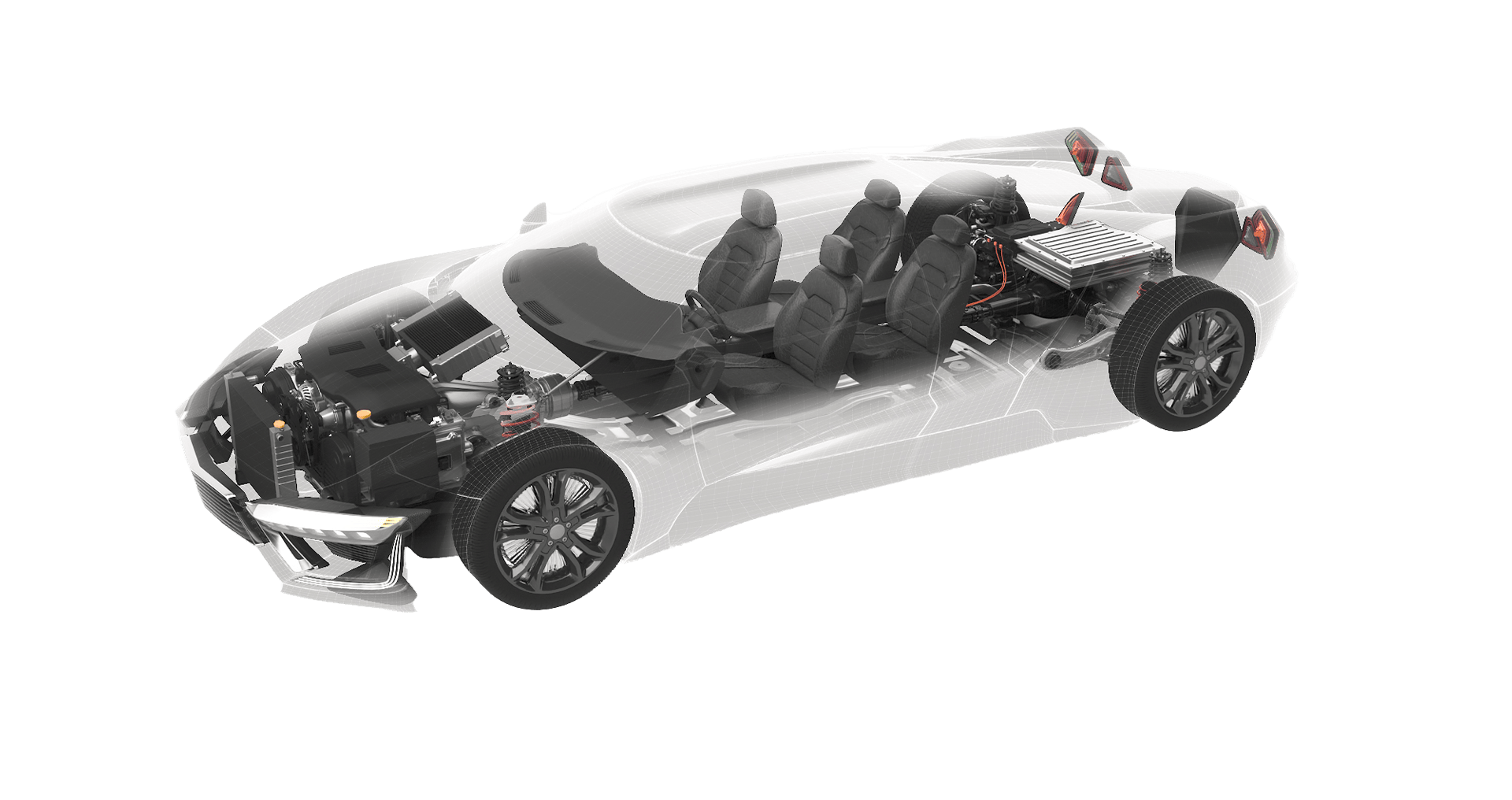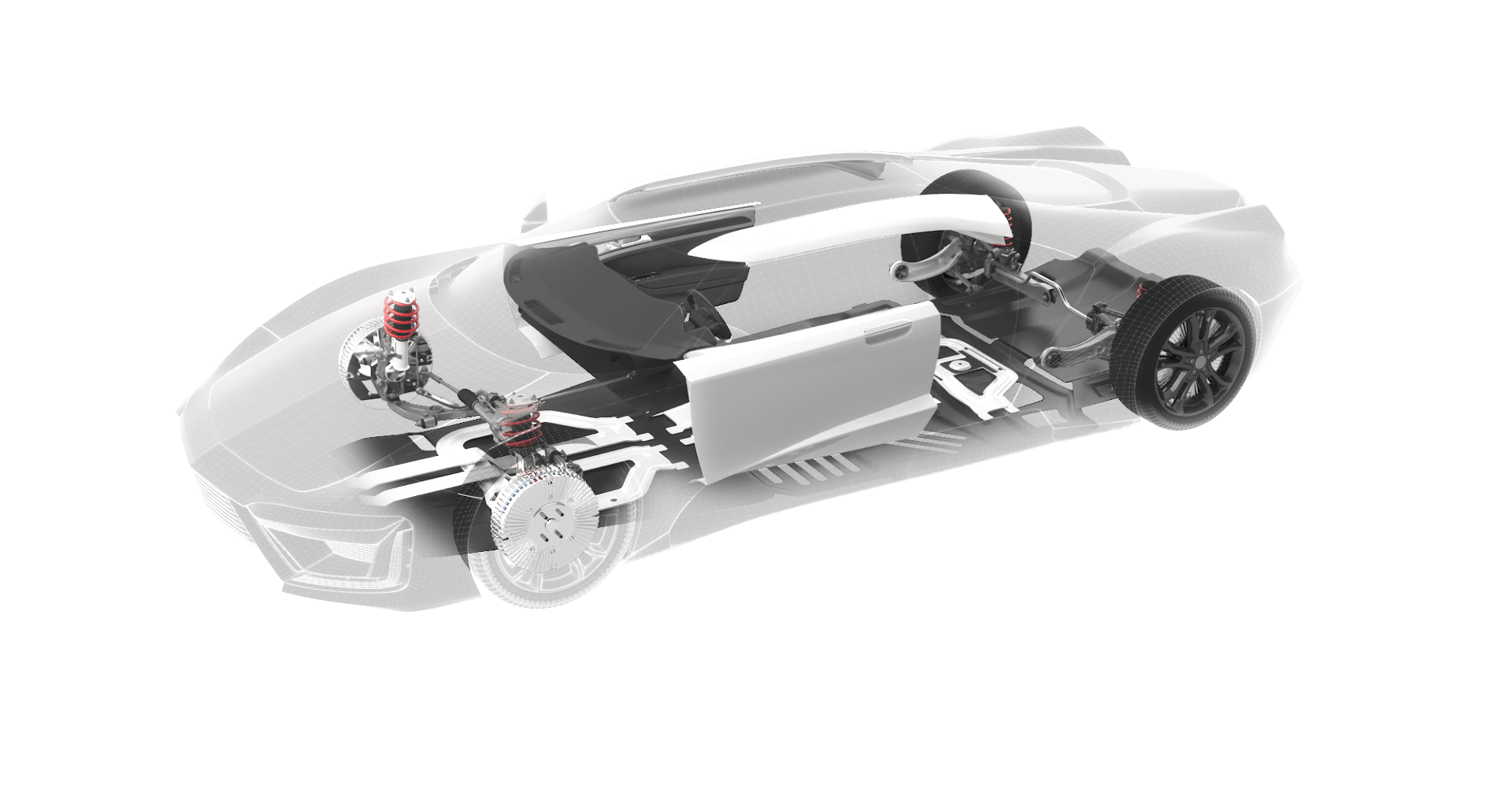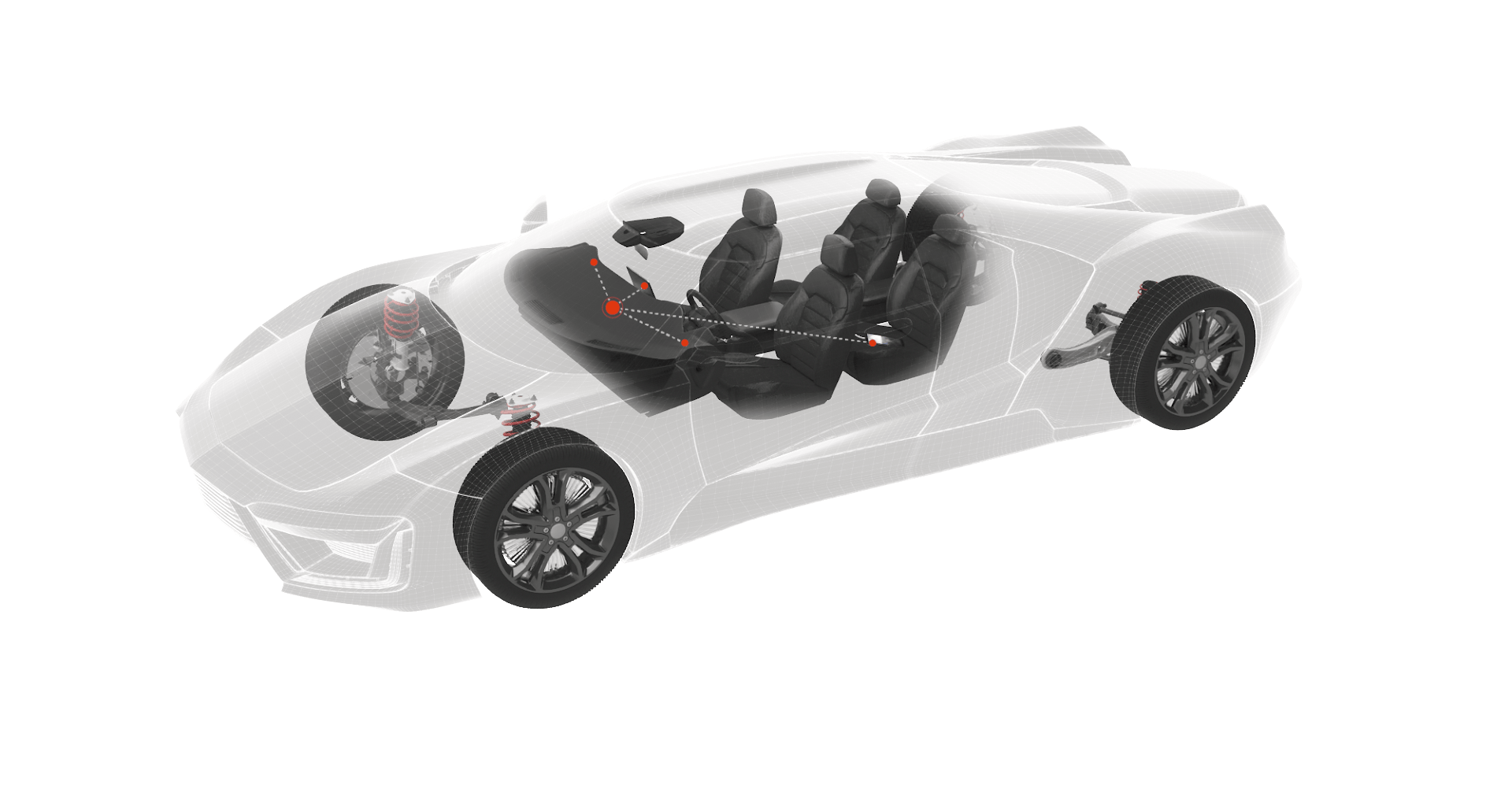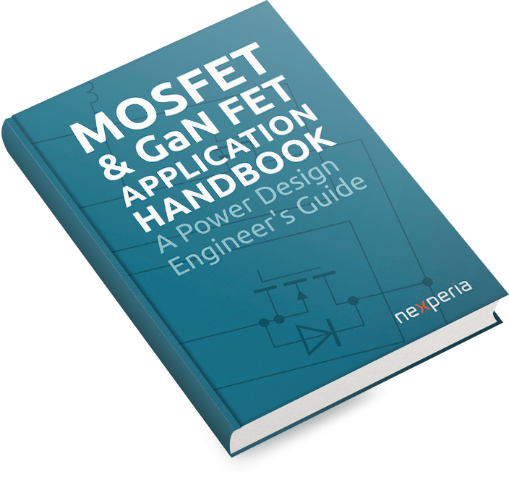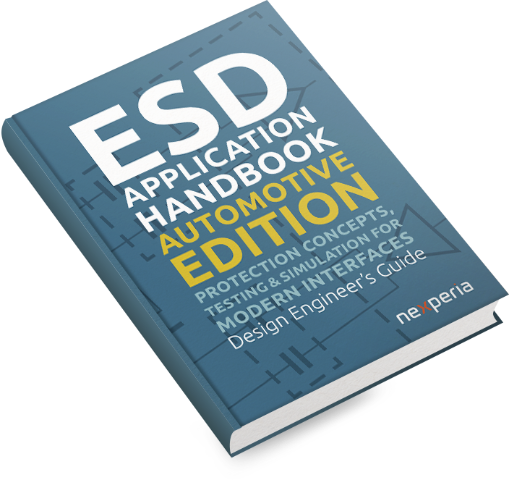Transforming the industry
Today’s cars are undergoing the greatest transformation the industry has seen. Continued electrification is resulting in significant changes from the engine right through to the cloud. A lot of this is because vehicles need to be extremely energy efficient, even as ever more electronic functionality is added to increase safety and comfort.
Governments across the globe are stipulating mandates to reduce automotive CO? emissions to combat climate change and maintain resources. Obviously, the main focus is on the drivetrain – whether that is combustion, hybrid, or full electrical. However innovative technologies and systems for chassis, safety, lighting and body electronics are also helping drive up overall vehicle efficiency and reducing fuel consumption, CO? emissions and costs.
Our application handbooks
MOSFET & GaN FET Application Handbook
ESD Application Handbook Automotive Edition
Diode Application Handbook
Logic Handbook
Electrification (xEV Powertrain)
Less than 50 years ago there were virtually no electronics in the car. Today electronic systems are driving a revolution in how we interact with our car but also enabling its electrification. Whether it is plug-in hybrid electric vehicles (PHEV) or full battery electric vehicles (BEV), the need to charge the battery, manage power requirements and drive traction motors are the same. And while 48 V plays a key role, most systems are moving to either 400 or 800 V batteries requiring greater innovation in high-power wide bandgap semiconductors.
.9028198935532031037.jpg)
Electrification Applications
-
48 V Battery Management System (BMS)
48 V batteries tend to be created using Li-ion multi-cell battery packs suing 8-16 cells. From a safety perspective, but ...閱讀更多 -
High-voltage traction inverter
With both battery electric vehicles (BEV) or plug-in hybrid electric vehicles (PHEV), transferring the stored energy from...閱讀更多 -
Inverter for aux. and e-compressor
An internal combustion engine provides more than just traction power to the wheels, it also powers auxiliary loads such a...閱讀更多 -
On-Board Charger (OBC)
Whether a car is a battery electric vehicle (BEV) or plug-in hybrid electric vehicle (PHEV), one critical component is th...閱讀更多

Powertrain
While much of the focus is on battery powered systems, the traditional Internal Combustion Engine (ICE) continues to play a major role particularly with plug-in hybrid electric vehicles (PHEV). More advanced engine control and fuel management helps create efficient air-fuel mix regardless of the running conditions of the vehicle. So, while traditional powertrains remain a key part of automotive designs, ensuring these systems are as efficient and clean as possible is vital.
Powertrain Applications
-
Electronic Fuel Injection
One result of the continuing pressure for ever more fuel-efficient vehicles is a greater use of direct electronic fuel in...閱讀更多 -
Cooling Fan
Thermal energy flows in and around a vehicle are vital and the role of the cooling fans even in hybrid and battery driven...閱讀更多 -
Fluid pump (12 V)
To save weight and make vehicles more efficient, car manufacturers have switched to small brushless DC motor drive for a ...閱讀更多
Chassis & Safety
One of the biggest improvements that electronic systems have brought is an improvement in automotive chassis and safety systems. Whether it is replacing heavy mechanical systems with lightweight electronics – with the additional benefit of reducing CO2 emissions – to dedicated systems to enhance driver and passenger safety, today’s vehicles are radically different. To further enhance safety many of these systems need to offer system level redundancy, significantly increasing the silicon content.

Chassis & Safety Applications
-
Airbag controller with Safing MOSFET
A Safing MOSFET in series with firing circuit transistors provides cost-effective operational reliability, enabling break...閱讀更多 -
Anti-locking braking systems (ABS/ESC)
Anti-locking braking systems (ABS/ESC) help vehicles maintain contact with the road surface and prevent skidding in condi...閱讀更多 -
Electronic (Electric) Power Steering (EPS)
By magnifying driving wheel movement, electric power steering (EPS) systems make steering easier. Additional torque is pr...閱讀更多
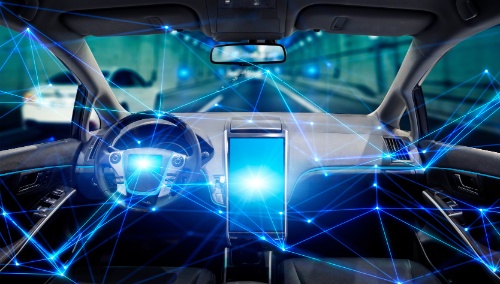
Advanced Driver Assistance Systems (ADAS)
Advanced Driver-Assistance Systems, also known as ADAS, are electronic systems that help with monitoring, warning, braking, and steering tasks in a vehicle. Existing at various levels, they can simply empower the driver by providing crucial information at the right time or effectively take full control of a vehicle system. Naturally for systems where automated control is required, such as steering or braking, these systems also need to be fully electronically controllable.
Advanced Driver Assistance Systems Applications
-
ADAS front / rear camera systems
In the last decade innovation in Advanced Driver Assistance System (ADAS) camera systems has been incremental. Front-visi...閱讀更多 -
ADAS LiDAR systems
Light Detection And Ranging (LiDAR) systems are a key part of the current suite of Advance Driver Assistance Systems (ADA...閱讀更多 -
ADAS radar sensor module
In the last few years the innovation in Advanced Driver Assistance System (ADAS) radar sensor modules has been massive. W...閱讀更多
Advanced Driver Assistance Systems Focus Products
Body control and lighting
While the focus of electrification is often seen to be the powertrain, it is also changing traditional body control and lighting applications. The rise of LED lighting not only gives designers efficient interior and exterior lighting options, but also opens the door to changing the overall look of a vehicle. In addition, any pumps and motors – from heating and ventilation to powered seat, door, window and mirror control – makes changes inside the cabin just as dramatic as under the hood.

Body control and lighting Applications
-
Adaptive Front LED lights
Front LED lighting is the most power-hungry lighting application and often has a high degree of complexity. A multi-chann...閱讀更多 -
Automatic HVAC - BLDC blower motor
In Heating, Ventilation, and Air Conditioning (HVAC) systems, the trend is towards temperature control with PWM driven br...閱讀更多 -
Constant current source for interior LED lighting
Highly efficient and compact, LEDs have become the de-facto choice for interior lighting applications, from cluster backl...閱讀更多
Body control and lighting Focus Products

Infotainment and telematics
Car manufacturers are integrating more electronics into their infotainment systems that allow us to connect easily to our personal digital environment. That means more recognized ‘consumer’ interfaces and connections are being used in the noisy car environment. All this is driving demand for more and more connectivity within vehicles using standard high-speed consumer and computing interfaces – from USB (3.2 / 2.0) and HDMI to LVDS, SerDes and SD-card interfaces.
Infotainment and telematics Applications
-
LED backlight for touchscreens and cameras
Look in any new car today and you'll see traditional dashboard and central consoles being replaced by LCD displays and in...閱讀更多 -
Multimedia infotainment bus protection
Essential for entertainment and infotainment systems, multimedia buses are a growing trend in vehicles. For these high-sp...閱讀更多 -
Step-down DC/DC converter
This circuit converts 12 V from the car battery to 5 V. It can be used to drive low power units such as the dashboard clu...閱讀更多


